I’ve written before on how when I was living in Phnom Penh I needed to return to Bangkok once a month for a work meeting. I’d overland it via a hodge podge of share taxis, passing through Battambang and Pailin. From Pailin I’d cross into Thailand near Chanthaburi. I did the trip every month for a year or so—until the paper in Bangkok finally let me go.
Through these trips I spent a lot of time in Pailin. It is a scruffy town, with little of interest to tourists save a few ancient ruins and a waterfall. It was though one of the last strongholds, along with Anlong Veng, of the Khmer Rouge.
Oh Pailin, Oh I do miss thee. Photo: Stuart McDonald.
One time in Pailin I was the only passenger in the share taxi by the time we rolled into town. Coasting through, me in the passenger seat, the driver asked if I’d like to drop in and say hello to “Uncle Khieu”.
He called him “Uncle Khieu,” but he meant Khieu Samphan—one of the most powerful officials within the Khmer Rouge. We slowed up at the front of his house and the driver waved away my concerns. “Speaks English and French,” he said, and then laughing, ”and Khmei!” We pulled to a stop outside a simple house. Nothing to distinguish it from any other.
“No thanks,” I said. He shrugged and we rolled on to the taxi station for the next leg of the trip.
The surrounds are prettier than the town. Photo: Nicky Sullivan.
Thinking about it now, what was there to gain for me, what could I learn? I wasn’t (and still are not) well educated enough on the details of the carnage to ask anything challenging. I think, “You are an absolute piece of crap who should already be in the Hague,” wouldn’t have got me a second glass of tea.
From the other side of the equation, he missed out on playing court to yet another foreigner. I doubt he missed our potential moment.
A few months earlier, I was in Anlong Veng. Like Pailin, it is a holdout to the Khmer Rouge version of the “good old times”. Sitting with an old lady on the deck of her house, she shelled and soaked tamarind, while she reminisced. It was all through a translator (in my case a motodop driver), so there wasn’t much nuance.
Rural scenes near Anlong Veng. Photo: Nicky Sullivan.
She was happy to talk, I guess she was in her sixties, telling my motodop how Pol Pot saved Cambodia. “Without Pol Pot, Thailand and Vietnam would have swallowed her home up.” Among people of her background, it is a common refrain.
The deaths she waved away as lies and or blamed the American B52s and Vietnamese soldiers. There’s only so much arguing you want to do with an old woman on her own deck. I can’t imagine what she lived through.
Not far from her house, we rode up a hill, on an appalling road, to the ridge line of the Dangrek mountains. The Thai frontier is spitting distance away (well ok you might need to be able to spit a couple of hundred metres). On this ridge Ta Mok and Pol Pot had villas—not Bali style (the KR never did horizon pools)—rather free standing houses. The outlook, even without a pool, is amazing—on a good afternoon it feels like you can see to the edge of Cambodia—to where it slides off the earth.
Gazing towards the edge of Cambodia. Photo: Nicky Sullivan.
They wedged themselves up here towards the end of their days. Logging the blazes out of the lowlands and looting Angkor period temples—trading the goods to complicit Thai generals. The generals gorged on lumber and artefacts, the latter regurgitated into their gardens, or sold to clearing houses in Bangkok.
Ta Mok’s villa is the first off the rank, but you need to go further to find Pol Pot’s. At the time it was overgrown, we walked though waist high grass in the late afternoon to find the remnants of his house. Was it spooky? Did the hair stand up on the back of my neck? Absolutely.
It’s hard to get your head around—the guy who once spent time here. I remember as a seventies/eighties kid seeing the news headlines—“Kampuchea”. Famines, awful photos of emaciated kids, piles of bodies. This was his house—he overlooked the mayhem for a spell from here.
Good riddance. Photo: Stuart McDonald.
Not far away is his grave, a nondescript place is a small garden. A corrugated roof over a burial plot with a blue and white signboard in Khmer. Locals, both Thai and Khmer come to make small offerings, hoping for good luck. It is a weird and sobering place.
How do you bury one of the planet’s worst mass murderers? I remember standing there—it is so forgettable, but in a way, shouldn’t be. How would people have buried Hitler? If they had, would it be an attraction on TripAdvisor? I mean, I can’t throw stones—we have a review of Pol Pot’s burial site on Travelfish.
On another trip, Sam interviewed ex Khmer Rouge people in Anlong Veng and Pailin. To their mind, these war criminals were good people. This from Bun Chhat, who at the time was 46, and had been a singer for Khmer Rouge radio for 15 years, talking about Pol Pot:
“I knew him very well because I stayed with him. I never disliked him because he educated me and invited me to do good things… The people who lived near him, the people who knew him well, they liked him very much.”
Haunted sunken forests near Anlong Veng. Photo: Nicky Sullivan.
When I was talking to the old woman in Anlong Veng, I asked if she had seen people killed, or had a hand in it. My motodop waved away the question as being inappropriate. He was younger than me, in his early twenties. He may not have lived through the Khmer Rouge period himself, but I’m sure his parents and grandparents did. It was an arresting moment.
Back in Pailin, pulling up outside Khieu Samphan’s house took that arresting moment to a new level. That the driver offered it was pretty mad—to him, having tea with “Uncle Khieu” was some sort of “dark tourism” attraction.
Hammock salas at Ta Mok’s house—it was converted into a guesthouse. Photo: Nicky Sullivan.
From a journalistic perspective, I get the appeal, but do travellers really go for it? Some must—why else would my driver have offered? When I asked on Twitter if people would have tea with a war criminal, most replied with an emphatic no. Journalist Sulome Anderson had a more nuanced take:
“... of course I would have tea with war criminals, and have had. How would we, as a society, know enough about war criminals to stop more of them; if some people didn’t sit down for tea with them, and find out how they came to do war crimes.”
I agree with this. There are plenty of talented journalists who interview terrorists and war criminals. Their takes matters. They deliver understanding to those of us who struggle to understand. The idea of dropping in on a war criminals’ house for coffee, in a non journalistic capacity, doesn’t sit well with me.
Shifting focus. Wasps and painted boards in Pailin. Photo: Nicky Sullivan.
A good friend, who was working for an Australian NGO in Phnom Penh in the early 2000s, did visit. Educated Khmer friends in the capital had suggested he drop by—they described Khieu Samphan as a true Cambodian. “If he ran tomorrow for election, we’d vote for him,” they said.
The house he pulled up at was plain, indistinguishable from the next. Rough cut wood—a simple cottage. Inside it was the same. The couches were still plastic–covered. A karaoke machine, pulsed with neon lights, though thankfully no music.
The man himself, urbane yet in fisherman pants, that silver slick of hair up top. Khieu Samphan put out his hand to shake hands, he said, “I don’t get many visitors these days.”
Local produce, Pailin. Photo: Nicky Sullivan.
My friend paused, thinking, do I want to shake hands with a war criminal. The moment passed and they shook. Over instant coffee they chatted about the de–mining work my friend was involved in. The questions were intelligent, but no commentary on why the mines were there in the first place.
In August 2014 Khieu Samphan received a life sentence for crimes against humanity.

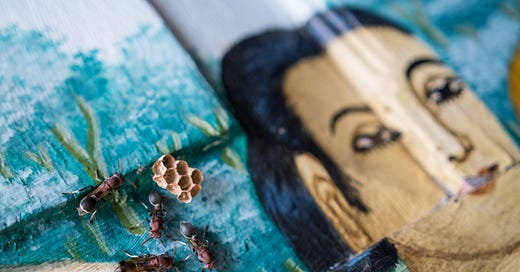




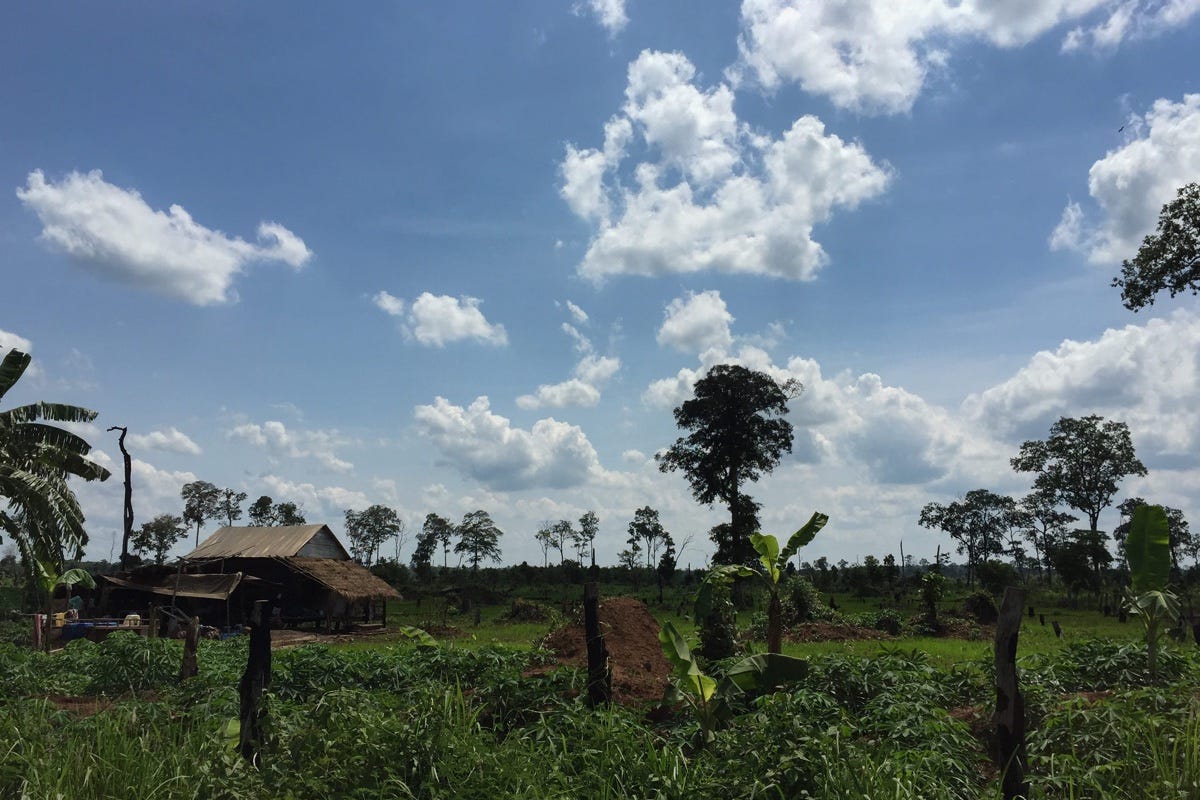


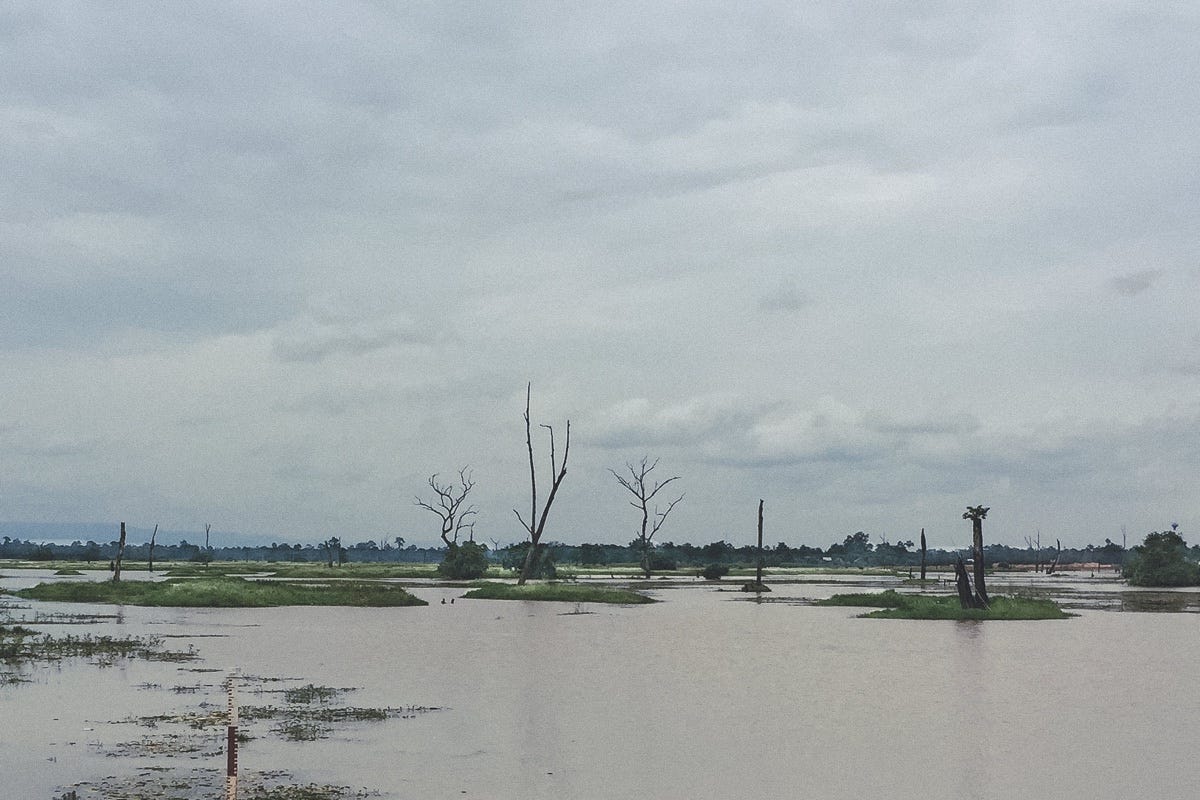
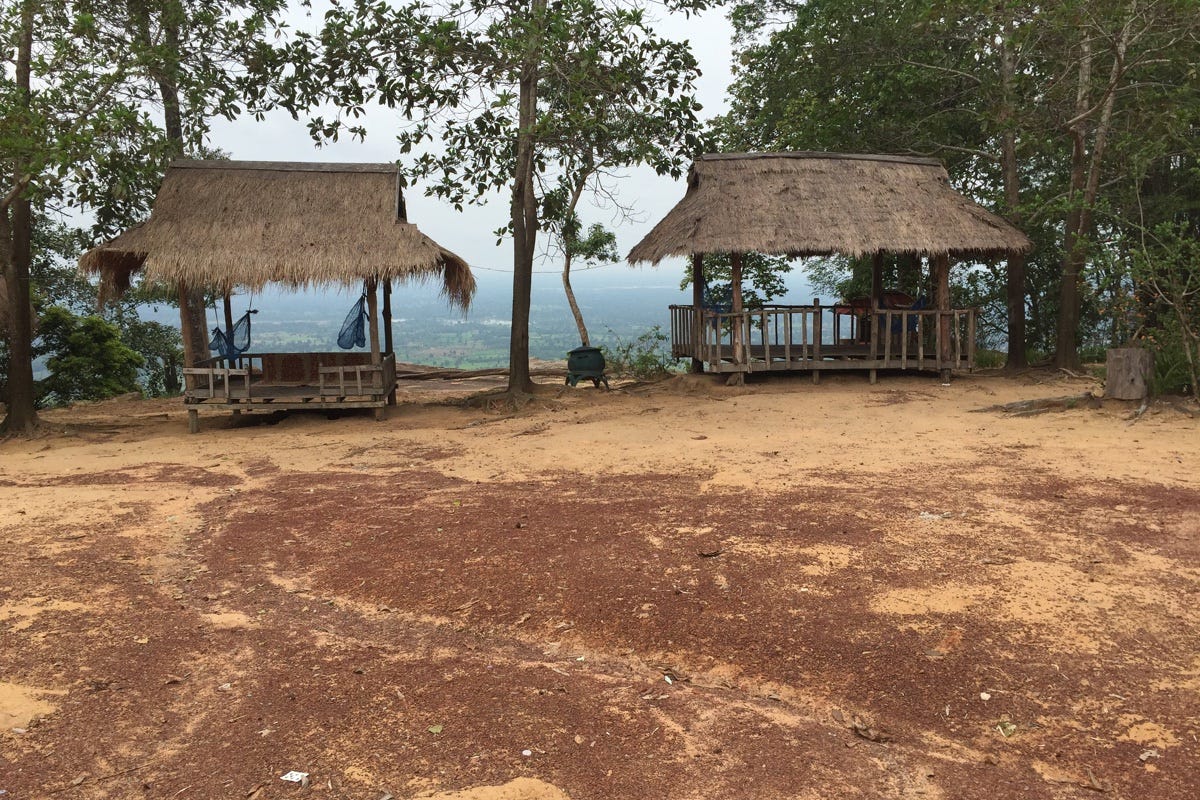

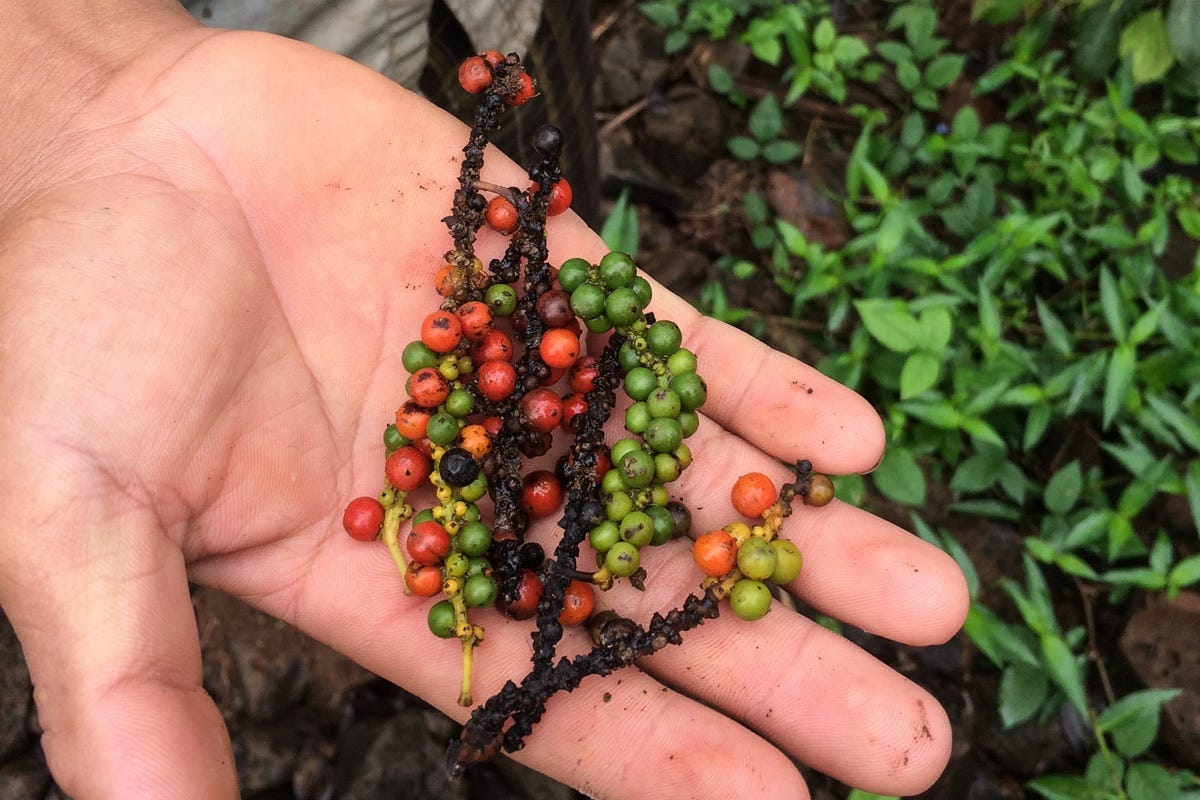









Share this post